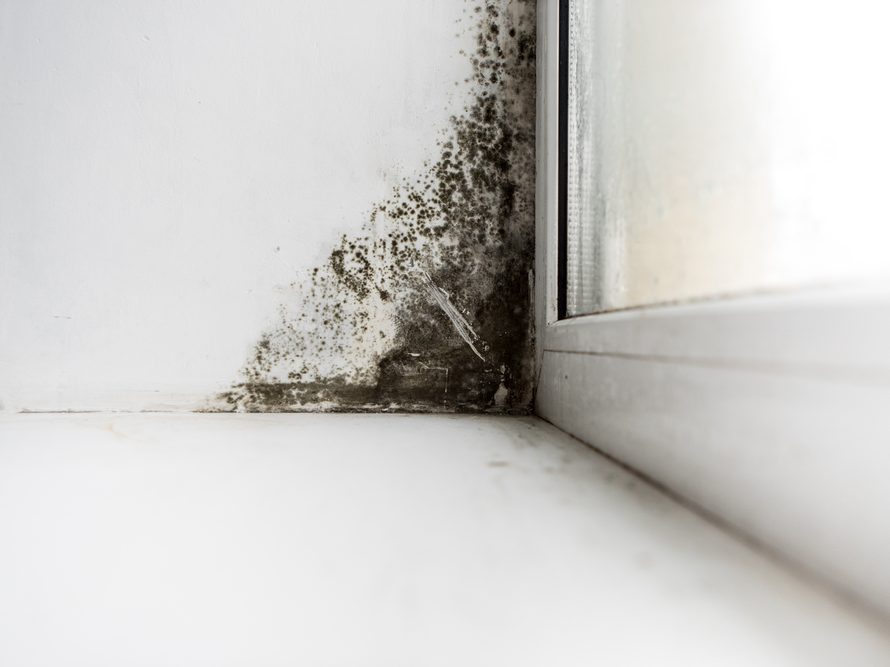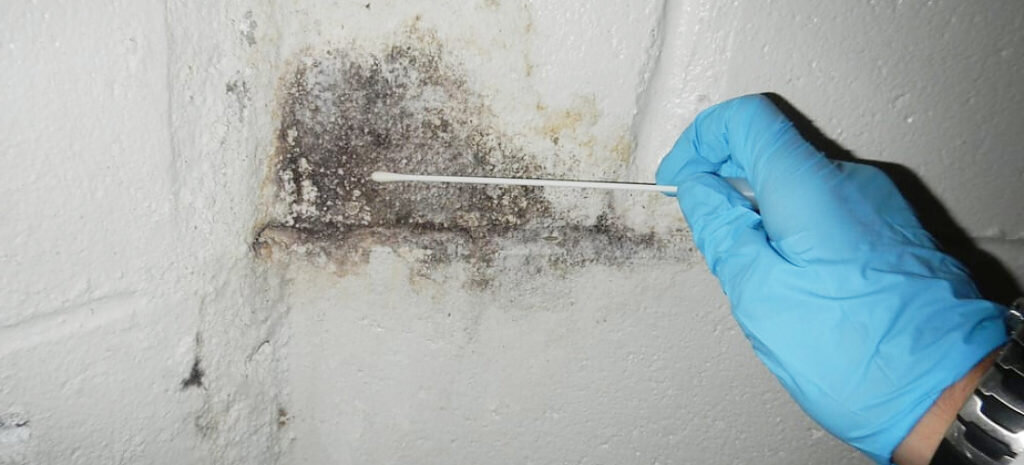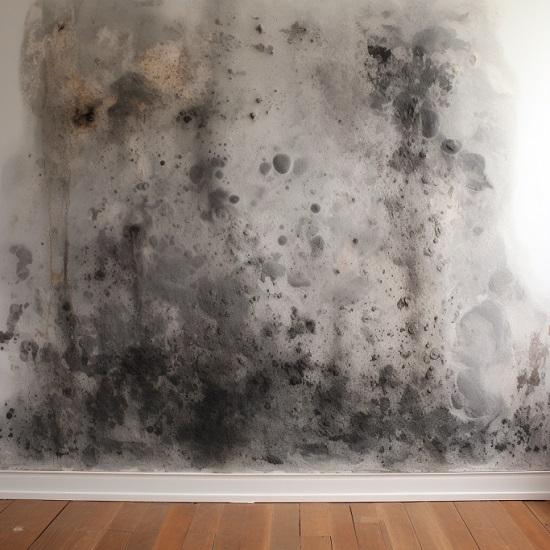Guaranteeing Post Remediation Verification Accuracy
Guaranteeing Post Remediation Verification Accuracy
Blog Article
Your Ultimate Overview to Post Mold Removal Methods
In the consequences of mold and mildew invasion, knowing just how to successfully remove the mold and prevent its reoccurrence is critical for maintaining a healthy and balanced interior setting. From choosing the appropriate cleaning and sanitizing techniques to implementing methods for lasting mold avoidance, each step in the remediation journey plays an essential role in making certain an effective outcome.
Comprehending Post-Mold Remediation Process
After finishing the mold and mildew removal procedure, it is crucial to understand the post-mold removal techniques that are essential to ensure a complete and effective cleanup. When the mold has been removed, the next step entails cleansing and decontaminating the affected locations to protect against any type of regrowth of mold. This includes utilizing specialized cleaning up agents to clean down surfaces and kill any staying mold spores. It is necessary to dry the area completely to dissuade the development of mold and mildew in the future (testing air quality after mold remediation). Proper ventilation and dehumidification can help in this process.
Additionally, carrying out a last inspection post-remediation is crucial to ensure that all mold and mildew has been successfully eradicated. This inspection should include an extensive aesthetic check along with possibly air sampling to confirm the absence of mold spores airborne. If the assessment reveals any remaining mold and mildew, added remediation may be necessary. Educating passengers on precautionary steps such as controlling wetness levels and immediately attending to any type of water leakages can assist keep a mold-free environment.
Reliable Cleaning Up and Disinfecting Approaches

Avoiding Future Mold Growth

Significance of Correct Ventilation
Correct air flow plays a vital function in protecting against dampness accumulation, a crucial factor in mold and mildew development within interior atmospheres. Efficient ventilation systems help get rid of excess moisture from the air, minimizing the chances of mold spores discovering the moisture they need to spread and sprout. Without adequate air flow, indoor rooms can become a breeding ground for mold, causing prospective health and wellness dangers and architectural damage.
By making certain appropriate air blood circulation, air flow systems can additionally aid in drying wet areas quicker after water damages or flooding cases, even more hindering mold and mildew development. Post Mold Remediation Report. In areas like bathrooms, cellars, attics, and cooking areas where moisture degrees tend to be greater, installing and keeping effective air flow systems is vital in stopping mold and mildew infestations

Monitoring and Upkeep Tips
Offered the critical duty click to read more that correct air flow plays in protecting against mold and mildew development, it is vital to establish efficient surveillance and upkeep tips to guarantee the ongoing performance of air flow systems. Normal assessments of ventilation systems should be conducted to look for any kind of indicators of clogs, leaks, or breakdowns that could hamper proper airflow. Tracking moisture degrees within the residential or commercial property is likewise critical, as high moisture can add to mold development. Mounting a hygrometer can aid track humidity degrees and alert homeowners to any spikes that might need focus. Additionally, making sure that air filters are on a regular basis cleaned or changed is crucial for keeping the efficiency of the ventilation system. Implementing a routine for regular maintenance tasks, such as air duct cleaning and HVAC system examinations, can help protect against problems before they intensify. By remaining best site aggressive and mindful to the problem of ventilation systems, homeowner can successfully minimize the threat of mold and mildew regrowth and maintain a healthy interior setting.
Conclusion
In conclusion, post-mold remediation techniques are necessary for making sure a safe and tidy setting. Understanding the process, executing effective cleansing and disinfecting approaches, avoiding future mold and mildew growth, keeping appropriate air flow, and normal surveillance are all important action in the remediation procedure. By following these guidelines, you can effectively eliminate mold and mildew and prevent its return, promoting a healthy living or working room for all occupants.
In the consequences of mold infestation, recognizing exactly how to efficiently eradicate the mold and prevent its reoccurrence is vital for maintaining a healthy indoor setting. As soon as the mold and mildew has actually been gotten rid of, the next action includes cleansing and sanitizing the influenced areas to stop any kind of regrowth of mold - Post Mold remediation cleaning. After eliminating visible mold and mildew growth, it is crucial to clean up all surfaces in the afflicted location to get rid of any type of remaining mold and mildew spores. To additionally enhance mold and mildew prevention steps, it is important to address underlying issues that initially led to mold and mildew development.Offered the critical duty that correct air flow plays in preventing mold and mildew development, it is crucial to establish reliable tracking and maintenance ideas to make certain the continued functionality of air flow systems
Report this page